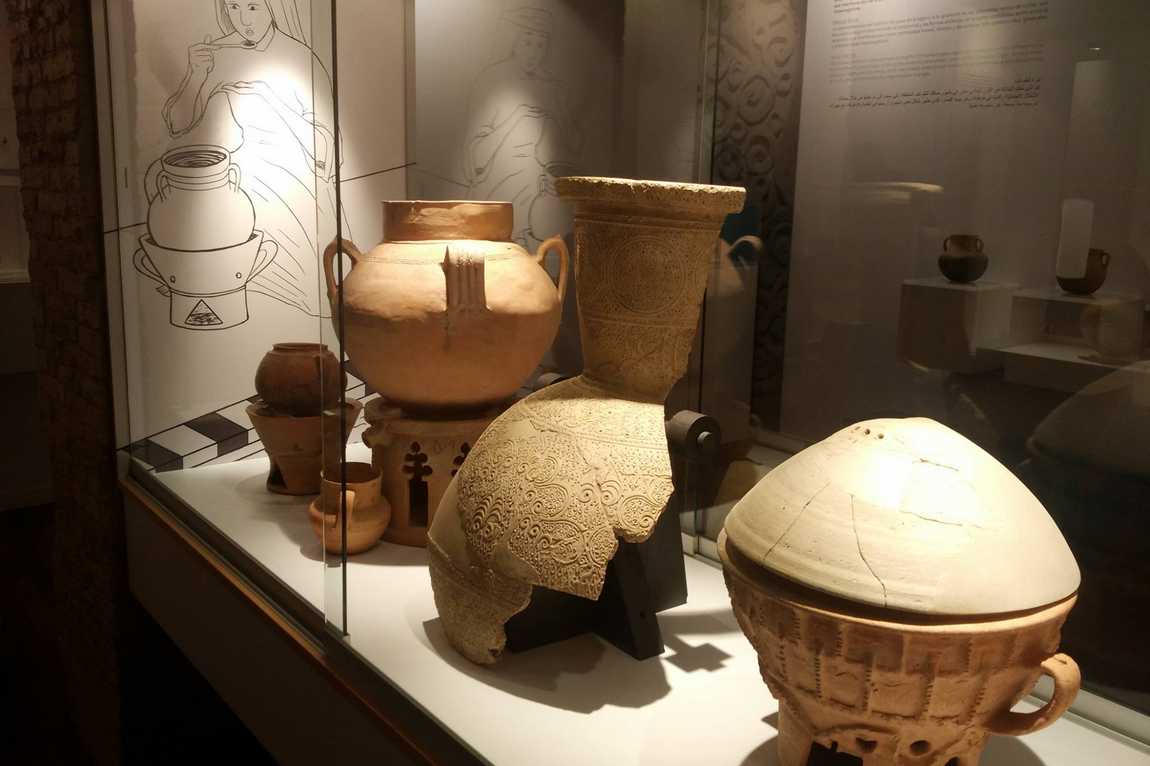How can you visit the city of Valentia if it's not even on the map? All we know is that it was built in the western part of the Iberian Peninsula over 2,000 years ago. Only the time machine at the Museum of the History of Valencia will help. Even a child can figure out the controls, and the years and centuries go by in reverse: the modern, spacious city is replaced by medieval Valencia, then Moorish Balancia, Roman Valencia... It's time to stop!

The Roman period is the starting point of your child's journey through Valencia, built on the river Turia's banks in the 2nd century B.C. You'll then move on to the Moorish period, the Middle Ages, the Christian period, the Bourbon period and then on to the present day.
Individual shards, fragments of building decoration, other archaeological finds and historical documents suddenly form a coherent picture. Multimedia devices are connected, high-quality computer graphics recreate pictures of the past, and mini-movies show life in Valencia in different historical periods. The museum's mini-movies depict life in Valencia in different periods of its history, such as a market square, a battle between two armies and a debate between scholars.
Some inhabitants of old Valencia are free and willing to tell all visitors to the museum about their lives. Who to ask: a patrician in a finely draped toga, a Muslim schoolboy, the founder of a guild of bricklayers, a marquess with a high haircut in the 18th century fashion, or a wealthy industrialist?
The 20th and even the 21st-century events are also history, and the Museum of the History of Valencia has an exhibition about them. The tragic pages of the Civil War, the Second World War and the Franco dictatorship are interspersed with joyful ones, including the traditional Valencian festival of the Fallas.
One of the mini-movies tells the story of the 1957 flood that caused dozens of deaths. The river was diverted to prevent the tragedy from repeating itself, and a recreational complex, the Gardens of the Turia River, was built on the drained land. Part of this, the Parque de la Cabezaera, is close to the museum, so take a walk there at your pleasure and be prepared for an encounter with African animals; the green area is home to the Biopark Valencia, whose inhabitants are not kept in cages.
The museum is housed in an old water tower built in the mid-19th century to supply the city with drinking water. The tower was designed by the architect Ildefons Cerda, who also designed Barcelona's Eixample district.











